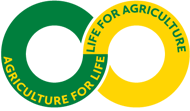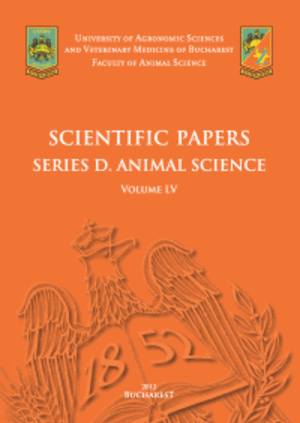Published in Scientific Papers. Series "Management, Economic Engineering in Agriculture and rural development", Vol. 24 ISSUE 4
Written by Cătălina POPOVICI, Alexandru – Dragoș ROBU, Valentin BOBOC
The field research was carried out in the North-East development region of Romania, during 2020-2023, on a cambic chernozem type soil, with a high humus content of 7%. The data were obtained from plots cultivated with corn, analyzed according to the irrigation rate, in order to verify the differences that appear in the crop within the plots. The drip irrigation method was applied using a system where the drip line is buried below the soil surface. In the growing seasons, when irrigation was applied, the increase in production was 63.41% higher than the average non-irrigated production. This method also had an influence in the valorization of water use. With water availability inside the soil, for plants of 1.1 mm/cm depth and with annual deviations of the precipitation with values between -51 and +27 mm, an average application of watering of maximum 4.25 l/m2/day was reached. The purpose of the research was to highlight and quantify the effects of drip irrigation in corn, on the significant increase in production, by improving the operating yields of irrigation facilities, by reducing water and energy consumption and the effective application of fertilizers, with results beneficial in increasing agricultural production. The present research demonstrated a significant average production increase of 63.41% during 2020 – 2023, the studied period. Also, during the same period, the share of irrigation in covering the total water requirement was between 29.6% and 48.7% as it will be detailed.
[Read full article] [Citation]

 Next Issue will be published according the the calendar.
Next Issue will be published according the the calendar.



